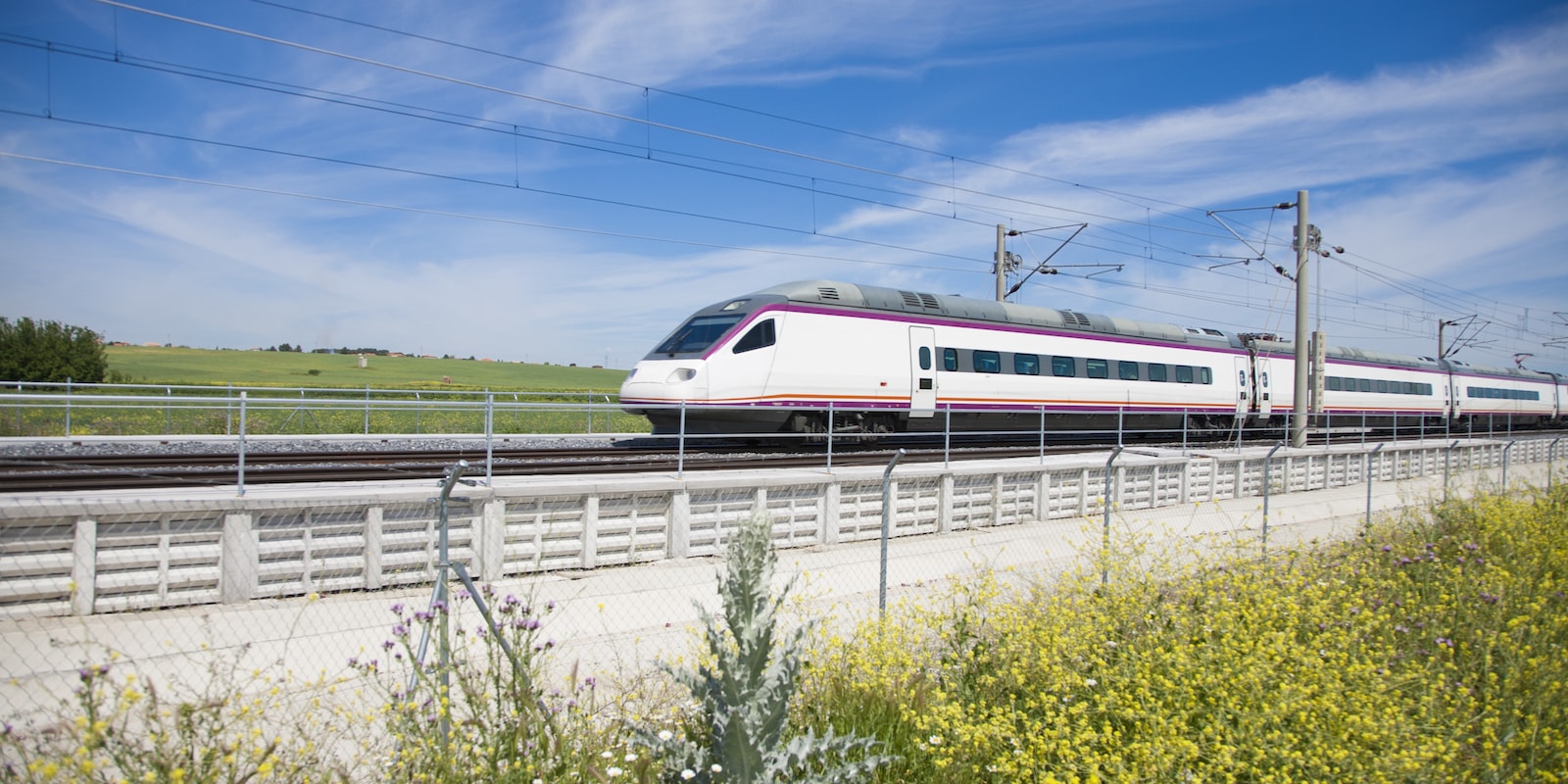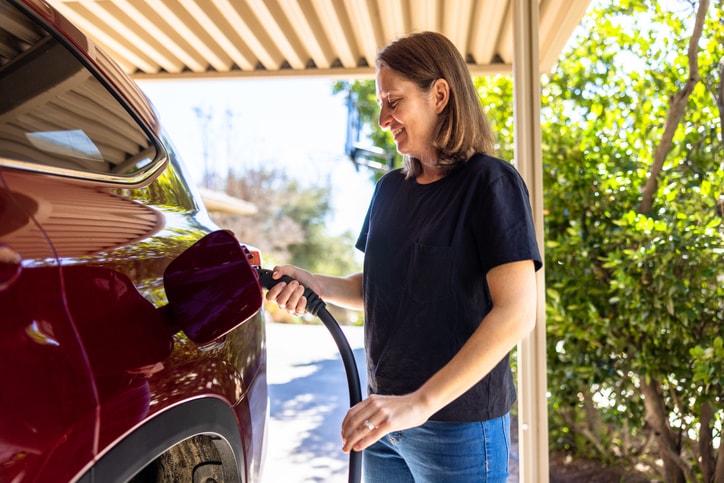Thursday, February 6, 2025
Discover how low-emission zones (LEZ), the DGT's environmental badges, and new types of alternative engines are transforming the way we move through Spanish cities. We break down all the key details (and some tips)
Personal mobility is evolving to reduce emissions and comply with current legislation, leading to a wide variety of solutions. In urban areas, many people opt for bicycles, public transportation, or car sharing, and even choose to avoid travel altogether. However, these alternatives are not always feasible—for example, in rural areas with limited public transportation options or when the climate makes cycling difficult. In addition, the need to travel for work or personal reasons remains an unavoidable reality for many people. For this reason, private vehicles continue to play an essential role in the mobility of a significant part of the population.
Among the different approaches simultaneously contributing to reducing emissions from private vehicles, three stand out: the establishment of Low-Emission Zones (LEZ) in large cities, the environmental labeling system of the General Directorate of Traffic (DGT), and research and technological advances in the automotive sector that are providing users with increasingly sustainable and energy-efficient engines.
The reasoning behind European and national legislation is as follows: since the highest volume of private vehicle travel is concentrated in cities, it is necessary to reduce it in order to achieve decarbonization. Or, even better—if fewer cars enter city centers and, in addition, their technology allows them to be more sustainable, the problem could disappear. Based on this premise, the number of LEZs in Europe increased by 40% between 2019 and 2022, according to the European CleanCities campaign. In fact, by 2025, a total of 507 are expected to be in operation across the continent.
Some Member States, such as France, Poland, and Spain, have implemented national laws requiring or supporting the adoption of this system. Specifically, since 2023, all Spanish cities with more than 50,000 inhabitants are required to implement their own LEZ, following the guidelines set by the Ministry for Ecological Transition and the Demographic Challenge. In addition to the pioneering cities of Vitoria-Gasteiz, Valladolid, Zaragoza, Valencia and Seville, the two most significant due to their scope have been the LEZs in Madrid and Barcelona.
In the capital, access and circulation of vehicles without a DGT environmental badge or label are restricted. While the first strategy that included an LEZ—Madrid Central—was launched in 2018, the system has undergone several modifications, leading to its current designation: Madrid 360. This affects all 21 districts of the city, with two Special Protection Low Emission Zones: Centro District and Plaza Elíptica, where the restrictions are more severe. Since 2022, vehicles without a label are not allowed to circulate inside the M-30, and since 2023, not even on the M-30 itself. The measure aims to comply with nitrogen dioxide limits set by EU and national regulations to improve air quality. However, there are transitional schemes in place to help citizens adapt, such as the notice period, which will remain in effect throughout this year.
On the other hand, in Barcelona, the current LEZ has been active since 2020, covering more than 95 square kilometers, including Barcelona itself, as well as some nearby municipalities. It restricts the circulation of vehicles without a DGT environmental badge from Monday to Friday, from 7:00 AM to 8:00 PM, with the aim of improving air quality. The restrictions apply to gasoline passenger cars registered before 2000, diesel cars registered before 2005 and 2006, motorcycles registered before 2003, and commercial and group transport vehicles registered before 2006 and 2007. There are two exceptions: the Rondas de Dalt and Litoral are exempt from these restrictions.
How many DGT labels are there?
For these and other LEZs to function, it is necessary to know the emissions of vehicles in order to restrict or allow their access within the city limits. In our country, the DGT is responsible for classifying them using its environmental badge system, known as labels or stickers, which are affixed to the vehicle for visibility.
Specifically, there are four types designed to easily identify vehicles according to their efficiency and emissions. Starting with those with the most restrictions, we should first mention the label A (red, in the traffic light system). However, this label does not physically exist, which is why vehicles classified as such are referred to as "unlabeled". These are the vehicles with the highest emissions.
The other four badges are as follows:
- Label B (yellow): Classifies internal combustion vehicles that do not meet current European emissions standards but do comply with previous ones (known as Euro 3, 4, and 5). This includes gasoline vehicles registered since January 2001 and diesel vehicles registered since 2006.
- Label C (green): This category includes internal combustion vehicles that comply with Euro 4, 5, and 6 emissions standards. This includes light gasoline passenger cars and vans registered since January 2006 and diesel vehicles registered since September 2015.
- ECO label (green and blue, in equal parts): Mostly refers to hybrid vehicles, vehicles running on gas, or both. Therefore, this badge is given to hybrid electric vehicles (HEV); plug-in hybrid electric vehicles (PHEV) with an electric range of less than 40 kilometers; and vehicles that run on alternative fuels such as Liquefied Petroleum Gas (LPG) or Compressed Natural Gas (CNG).
- 0 Emissions label (blue): Recognizes the most sustainable vehicles on the market, including battery electric vehicles (BEV), range-extended electric vehicles, and plug-in hybrid electric vehicles (PHEV) with an electric range exceeding 40 kilometers.
To adapt to these badges and the urban restrictions themselves, car manufacturers have developed a wide variety of technologies that go beyond mere electrification. In general, users can find the following types of engines:
- Electric motors: These do not directly emit greenhouse gases, have low maintenance costs, and operate silently, although they still face challenges such as their high initial price and a somewhat limited range in some models. Both factors have been improving in recent years, and additionally, there is an expanding charging network throughout Spain.
- Hybrid engines (HEV): As the name suggests, these engines run on a combination of traditional fuel and electricity. They are very efficient for urban journeys, while for long trips or at high-speed driving, the combustion engine takes over.
- LPG and CNG engines: These run on low-emission fuels.
- Plug-in hybrid engines (PHEV): These allow for short-distance driving in pure electric mode, with the flexibility of a combustion engine for long trips.
What can (and should) citizens do?
Faced with the increasing number of LEZs, the mandatory use of environmental labels, and the market's commitment to diversifying engine types, citizens are presented with a wide range of options. For this reason, both European institutions and national governments, as well as experts in the field, recommend understanding, first and foremost, the urgency of changing our mindset to ensure a sustainable future. From there, we need to rethink how we move in order to adapt to the regulations. Among the usual recommendations are the following:
- Observe and analyze daily mobility: types of travel, surroundings, and daily needs, as well as consumption, prices, and expenses.
- Take advantage of alternative mobility: not only public transportation or bicycles, but also electric car-sharing services, for example, or a mix of several options.
- Plan travel: possible combinations between public and private transportation, and use of apps and interactive maps.
- Consider other options such as teleworking, walking , or purchasing a second-hand eco-friendly vehicle, for example.
With the right tools and knowledge, citizens can make more conscious decisions and contribute to a cleaner future.
¿Te ha parecido interesante?





